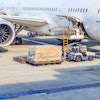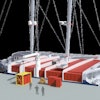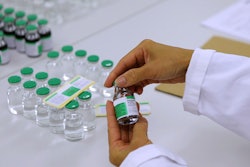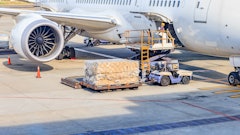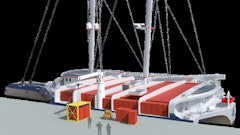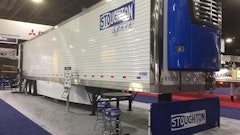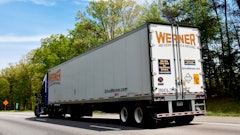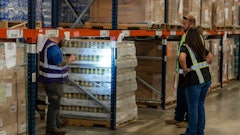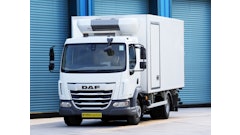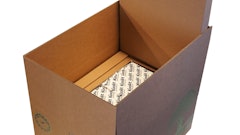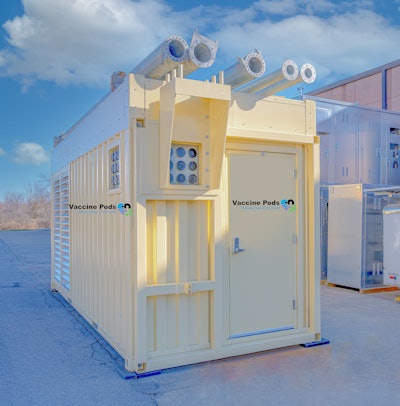
Over the past couple of months, Pfizer and Moderna have begun the large rollout for the much-needed COVID-19 vaccines. Recently, President Biden announced the plan to obtain an additional 200 million vaccines from the respective companies by mid-summer, which would put the U.S. total at 600 million doses in order to vaccinate 300 million Americans.
President Biden has also signed an executive order directing federal agencies to conduct a review of supply chains for critical goods, including pharmaceuticals and large capacity batteries. Despite the medical success seen so far from vaccines, there has been many stumbling blocks in their logistical distribution, leaving vaccine shortages across America in major cities, as well as in many rural areas in the United States. With new strains of the virus emerging in various pockets of the world, the Coronavirus disease (COVID-19) continues to pose a tremendous threat. It is essential to protect vaccines from spoilage.
A trending topic is the constant report of vaccine dose spoilage due to failed temperature control. During distribution and storage, COVID-19 vaccines must be kept at extremely low temperatures. For both Pfizer and Moderna vaccines, this is generally between -20°C and -86°C. There is little to no room for error in maintaining the temperature, or the vaccine will spoil.
Before the start of the COVID-19 pandemic, the World Health Organization (WHO) reported that roughly 50% of all vaccines were discarded worldwide yearly due to improper handling and failed temperature control. With the massive and rapid rollout of vaccine distribution now, the potholes in improper handling on the supply chain side is even clearer. More difficulties occur now because the COVID-19 vaccine has an even greater need to be shipped in mass quantities, while also being maintained colder than any other vaccine in history. In order to address these new challenges, industry professionals must look at existing cold chain storage technology and how historically difficult and costly it has been to support large-scale distribution of vaccines due to the uses of conventional, inefficient and failure-prone power sources.
Since COVID-19 vaccines must be kept at extremely cold temperatures, organizations have begun to use new ultra-low temperature (ULT) freezers to transport and store doses. Although these freezers offer major improvements to vaccine distribution, most of these freezers rely on conventional power sources, ultimately preventing them from reaching certain communities across the United States. Using alternative energy as a power source for these freezers can change that while helping avoid vaccine spoilage everywhere.
By leveraging battery, wind and solar energy, ULT freezers can power themselves independent of the grid. The use of renewable energy will help ensure these freezers can survive outages while constantly maintaining extremely cold temperatures. The logistics include utilizing solar panels, which can be installed at the top of a unit, automatically deploying when a freezer is outside during the day to collect energy. In parallel, 10- to 20-foot wind turbines can sit on a corner of the roof, generating power when the right conditions are present outdoors. By using solar panels and wind turbine masts that are retractable, the freezers can easily fit inside warehouses and storage facilities, as well as on trucks, trains and ships during transportation.
By taking advantage of alternative energy, ULT freezers can not only mitigate vaccine spoilage concerns, but also address the critical need to provide all cities and communities across the country with vaccine access. Government organizations and non-profit organizations have struggled to sufficiently distribute vaccines to many rural areas in the United States, as well as many developing nations across the globe. This not only leaves those populations at risk, but also endangers the entire world. If the virus mutates enough in any of these areas, it can re-infect everyone else. Since most existing ULT technology must be connected to conventional energy sources that consume massive amounts of power.
Communities in rural areas and developing countries often lack access to sufficient power sources and thus can’t support these freezers at all. Instead, these locations must rely on carboard boxes and dry ice to keep the vaccines cold, a crude approach that often fails. However, by leveraging batteries and alternative energy for power, ULT freezers can work off the grid and reach any area in the world, regardless of the location’s energy infrastructure, delivering constant power while finally reaching these more difficult areas as well as operating onsite effectively.
To successfully eradicate COVID-19, we must rapidly improve vaccine distribution before new strains defeat current efforts. Combining new ULT freezers with alternative energy-based power sources will help support the mass and safe vaccine rollout. It is critical to take advantage of new cold chain supply advances and alternative energy to provide every part of the country and world access to the vaccine. This will enable more people to be inoculated faster to gain herd immunity and help mitigate further spread COVID-19 as well as new emerging strains.



